Removal Procedure
Tools Required
J 34730-1A Fuel Pressure Gauge
Caution: Provide additional support when a vehicle is on a hoist:
• Before removing parts, support the opposite end. This helps prevent
the vehicle from slipping off. • Before removing major components, chain the vehicle frame to the
hoist pads at the same end as the removal. This helps avoid a tip-off.
Notice: Do Not attempt to repair the EVAP pipes or the connecting hoses. Replace the damaged EVAP pipes or the connecting hoses are damaged. If the nylon EVAP pipe becomes kinked and cannot be straightened, it must be replaced.
Notice: Properly secure the EVAP pipe in order to prevent chafing of the pipe.
- Relieve the fuel system pressure. Refer to Fuel Pressure Relief .
- Raise the vehicle.
- Remove the fuel tank (2). Refer to Fuel Tank Replacement .
- Remove the hardware retaining the EVAP pipes.
- Note the location of the retaining hardware for installation.
- Remove the in-line fuel filter. Refer to In-Line Fuel Filter Replacement .
- Remove the PCM. Refer to Powertrain Control Module Replacement/Programming .
- Remove the PCM base holder.
- Remove the EVAP pipes at the EVAP canister.
- Remove the EVAP pipes at the fuel tank.
- Remove the EVAP pipes.
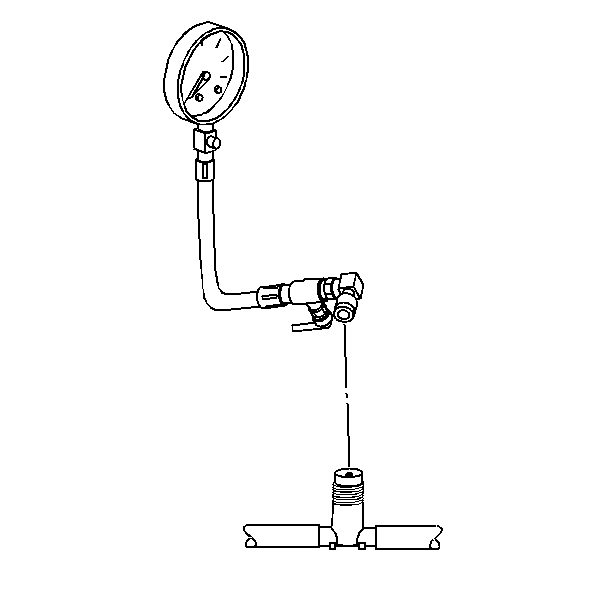
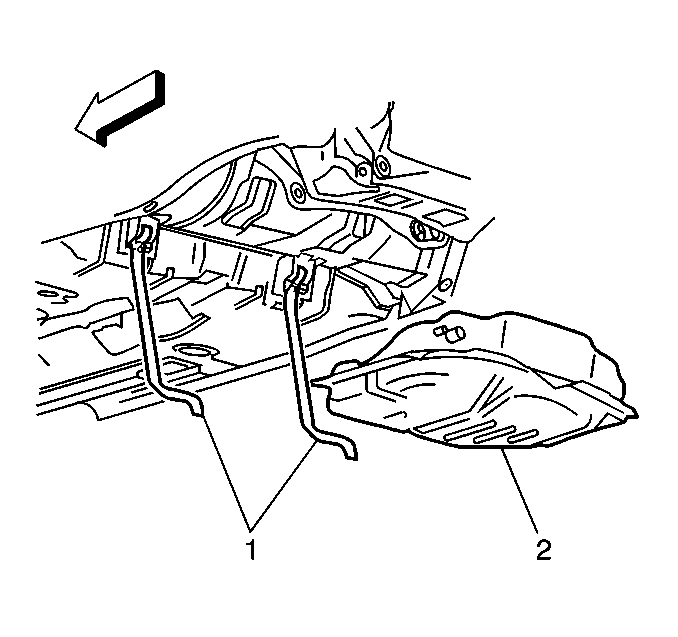
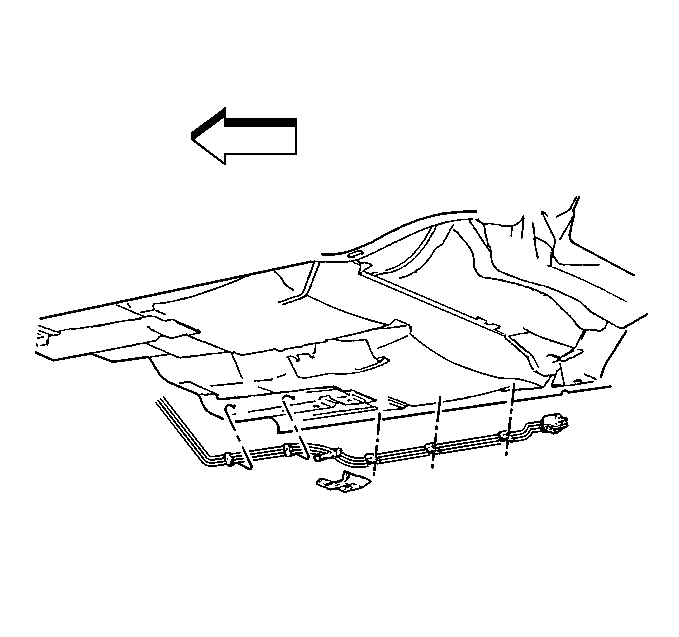
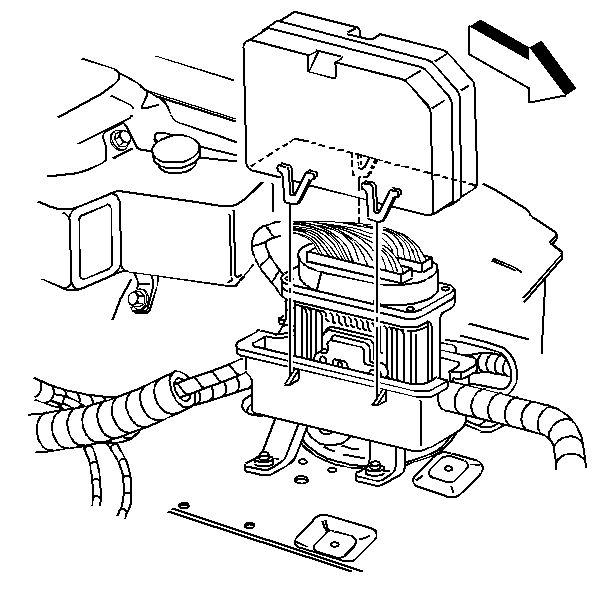
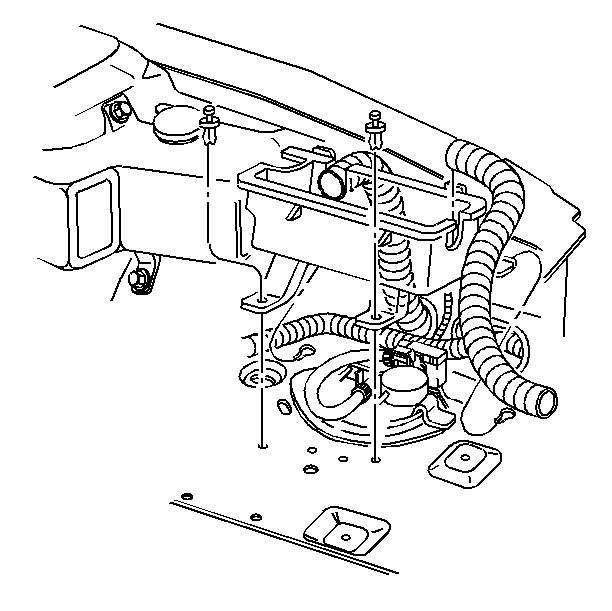
Installation Procedure
Notice: Use the correct fastener in the correct location. Replacement fasteners must be the correct part number for that application. Fasteners requiring replacement or fasteners requiring the use of thread locking compound or sealant are identified in the service procedure. Do not use paints, lubricants, or corrosion inhibitors on fasteners or fastener joint surfaces unless specified. These coatings affect fastener torque and joint clamping force and may damage the fastener. Use the correct tightening sequence and specifications when installing fasteners in order to avoid damage to parts and systems.
Important: Route the replacement EVAP pipe in the same manner as the original pipe was routed.
- Install the fuel tank (2). Refer to Fuel Tank Replacement .
- Install the EVAP pipes to the chassis.
- Install the EVAP pipe retainers.
- Install the in-line fuel filter. Refer to In-Line Fuel Filter Replacement .
- Lower the vehicle.
- Install the EVAP pipes to the EVAP canister.
- Install the PCM base holder.
- Install the PCM. Refer to Powertrain Control Module Replacement/Programming .
- Add fuel and install the fuel tank filler pipe cap.
- Install the negative battery cable. Refer to Battery Cable in Engine Electrical
- Inspect for leaks.
Notice: Properly secure the EVAP pipe in order to prevent chafing of the pipe.
Notice: Use the correct fastener in the correct location. Replacement fasteners must be the correct part number for that application. Fasteners requiring replacement or fasteners requiring the use of thread locking compound or sealant are identified in the service procedure. Do not use paints, lubricants, or corrosion inhibitors on fasteners or fastener joint surfaces unless specified. These coatings affect fastener torque and joint clamping force and may damage the fastener. Use the correct tightening sequence and specifications when installing fasteners in order to avoid damage to parts and systems.
Tighten
Tighten the bolts to 8 N·m (71 lb in)
Important: Route the main body harness outboard along the inner fender and wheelhouse to allow for the installation of the PCM base.


| 11.1. | Turn the ignition switch to the On position for 2 seconds. |
| 11.2. | Turn the ignition switch to the Off for 10 seconds. |
| 11.3. | Turn the ignition switch to the On position. |
| 11.4. | Check for fuel leaks. |
